What is Chajja?
A chajja is part of a building, referred to a projecting or overhanging roof ledge, typically supported by brackets or beams, that extends beyond the external walls of a building. These are commonly found in Indian and South Asian buildings. Especially in residential buildings, temples, and other historical structures.
Chajjas can be made by using various materials such as wood, stone, brick, concrete, metal, terracotta, or fiberglass, depending on the architectural style, regional preferences, and available resources.
Chajjas have multiple purposes, including providing shade, protection from rain, and adding aesthetic value to the building’s facade.
Importance of Chajja
The following reasons will help you understand why chajja are important to the buildings:
- Shade and Protection: One of the primary functions of a chajja is to provide shade and protection from the sun’s heat and glare. As chajja’s are extended from the wall, they block direct entry of sun rays and keep the interior spaces of buildings cooler, thereby enhancing comfort for occupants.
- Rain Protection: Chajjas prevent direct entry of rainwater into the building. Chajjas also helps in reducing the risk of water seepage and damage to the building’s structure.
- Aesthetic Enhancement: Chajjas can be customized to create an aesthetic appeal of the building. Whether it’s traditional, contemporary, or a blend of both.
- Cultural Significance: Chajjas have significant importance in Indian tradition and are often associated with local architectural heritage and identity. Chajjas can be seen in various historical and religious structures, contributing to the cultural landscape of the region.
- Functional Design Element: From a design perspective, chajja play a crucial role in the overall composition of a building’s facade. They help break the monotony of flat surfaces, add depth and dimension to the exterior, and create interesting shadow patterns that enhance visual interest.
- Energy Efficiency: By providing shade and reducing direct sunlight penetration into the building, chajja contributes to energy efficiency. They help in reducing the reliance on artificial cooling systems, thereby lowering energy consumption and associated costs.
Overall, chajjas are not only functional elements of architecture but also symbols of cultural heritage, aesthetic expression, and sustainable design in regions where they are prevalent.
Different Types of Chajja
Following are the 7 different types of chajja commonly found in buildings:
1. Wooden Chajja
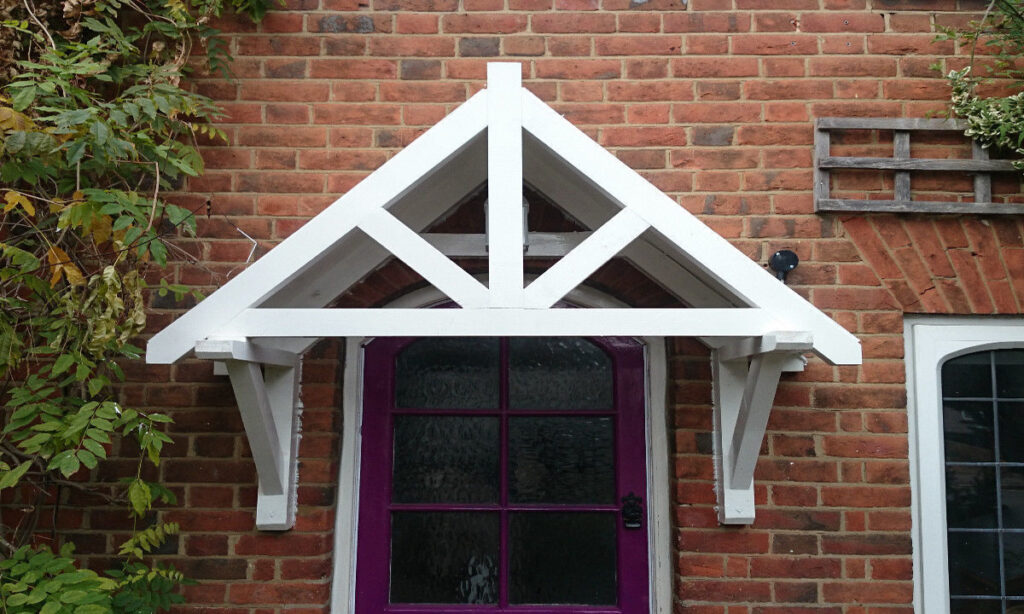
Wooden chajja are commonly seen in traditional architecture buildings or homes. They have intricate carvings or decorative elements that highlight the significance of the culture and history of the regions.
Also read: What is WPC Board? WPC Full Form, Price, Design, and Sizes
2. Stone Chajja
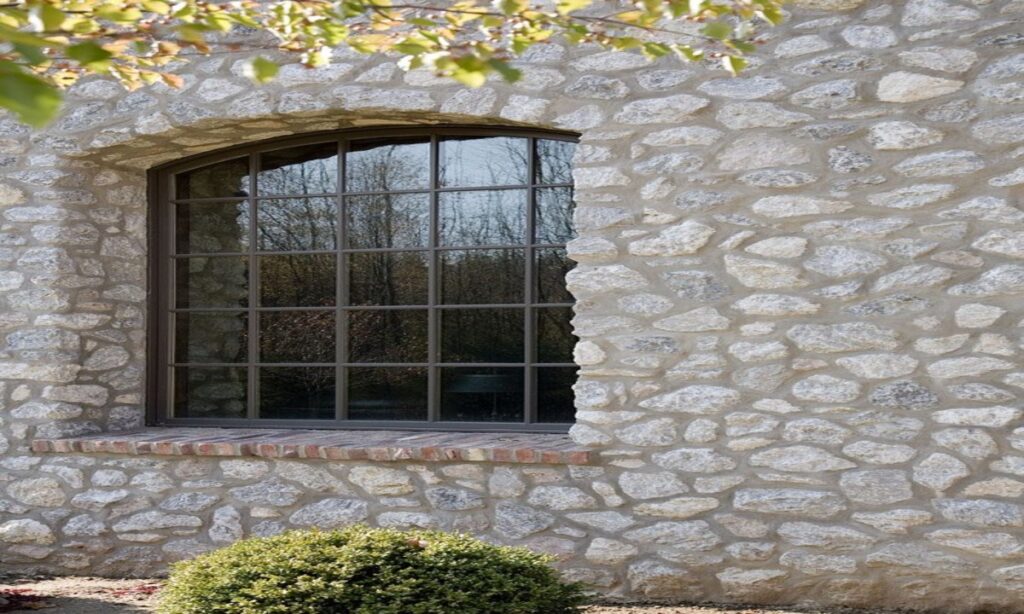
Stone chajja are sturdy and durable while adding to the aesthetic appeal of the building. In regions where stone is readily available, chajja may be constructed using stone slabs or blocks.
3. Brick Chajja
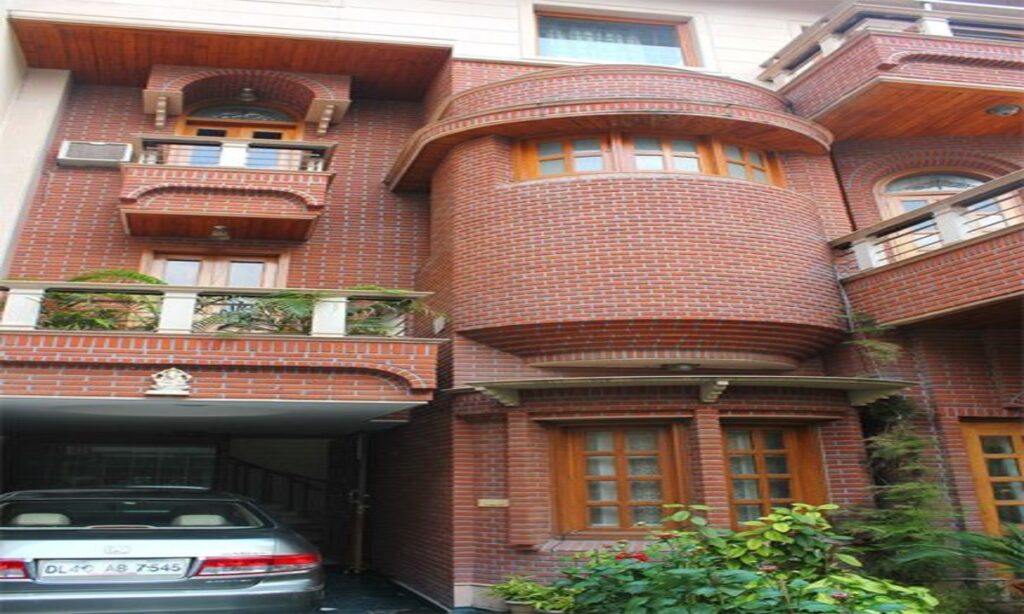
This type of chajja is built by using bricks. Bricks are laid in a particular pattern and then supporting them with beams or brackets. These are commonly seen in urban areas and can be found in both traditional and modern buildings.
4. Concrete Chajja
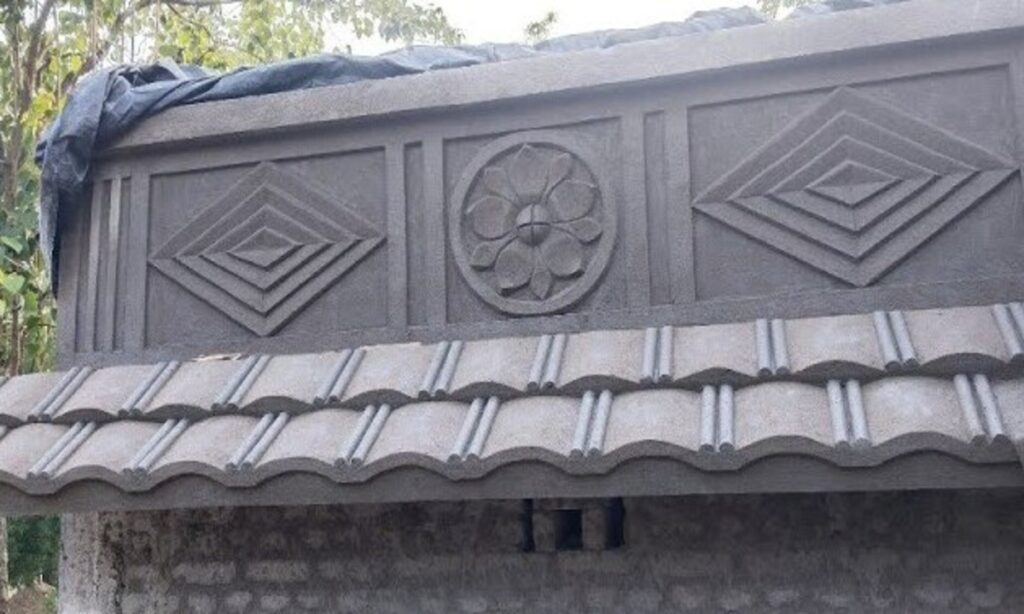
Most common type of chajja are Concrete chajjas. As Modern construction techniques often utilize concrete for chajjas due to its versatility and ease of construction. Concrete chajja can be molded into various shapes and sizes, offering both functionality and contemporary aesthetics.
5. Metal Chajja
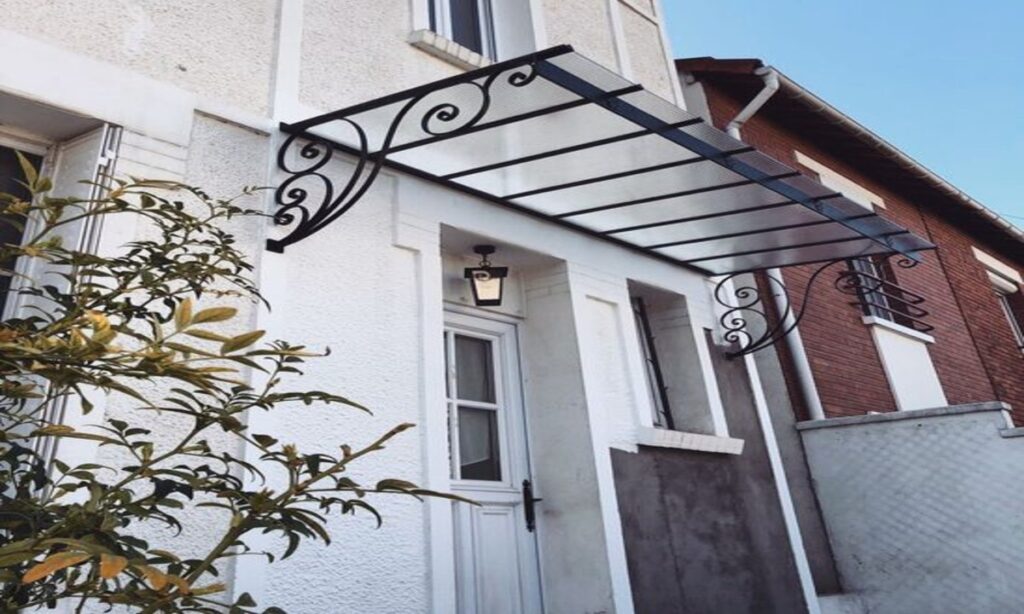
In some modern buildings, particularly commercial or industrial structures, metal chajja may be used for their lightweight and corrosion-resistant properties. These are often made of materials like aluminum or steel and can be customized to suit the building’s design.
6. Terracotta Chajja
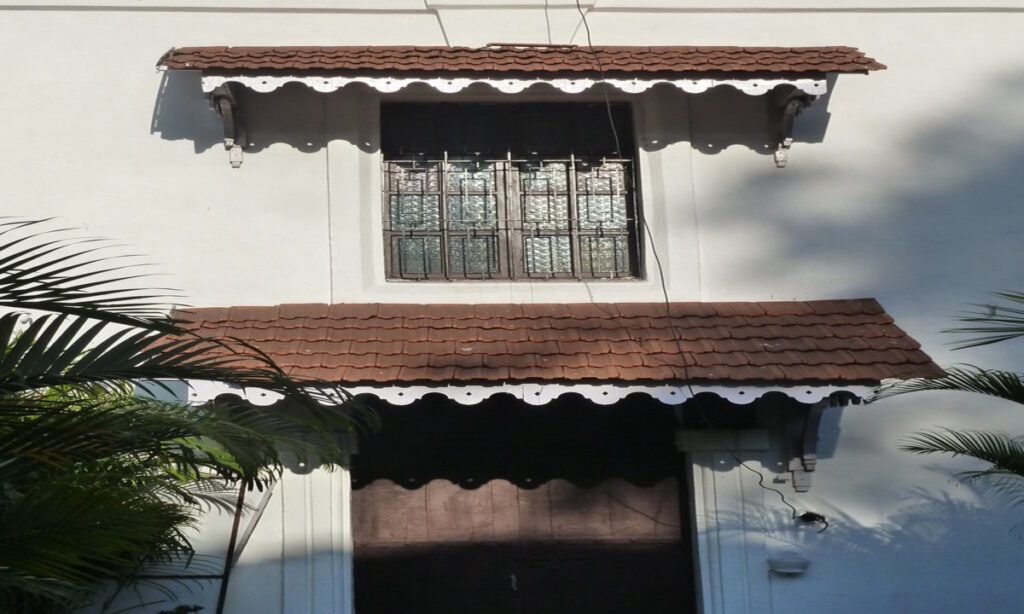
Terracotta, or baked clay, chajja are common in regions where clay is abundant. These chajja are made by shaping and baking clay into the desired form, offering a traditional yet functional architectural element.
7. Fiberglass Chajja
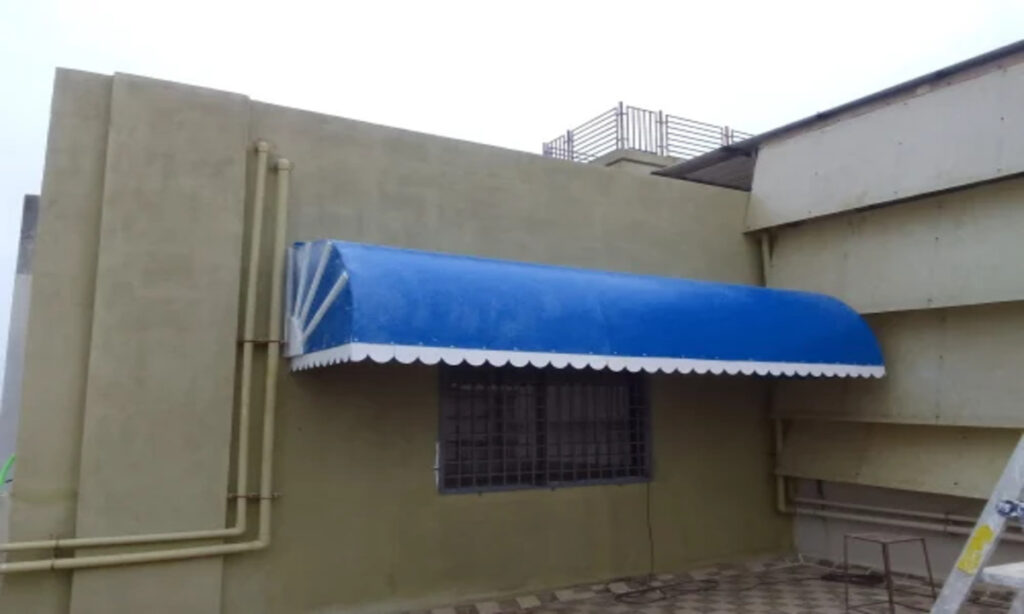
Fiberglass chajjas are lightweight, durable, and weather-resistant, making them suitable for various architectural styles. They can be molded into different shapes and are often used in modern constructions where a sleek and contemporary look is desired.
These are some of the common types of chajjas found in architectural designs across different regions and time periods. Each type offers its unique blend of functionality, aesthetics, and cultural significance.
You might like this: Mud Floor – Ideas, Cost, Installation, Pros and Cons
Front Chajja Design Photos
1. Centre curved modern front chajja design for house.
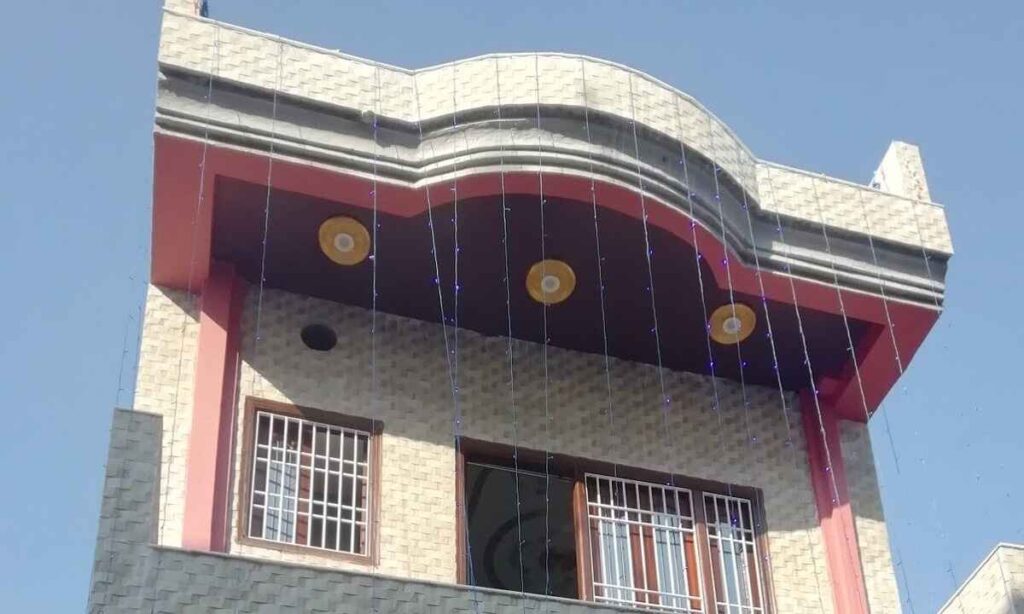
2. Engraved with lines and cones front chajja design for modern houses and buildings.
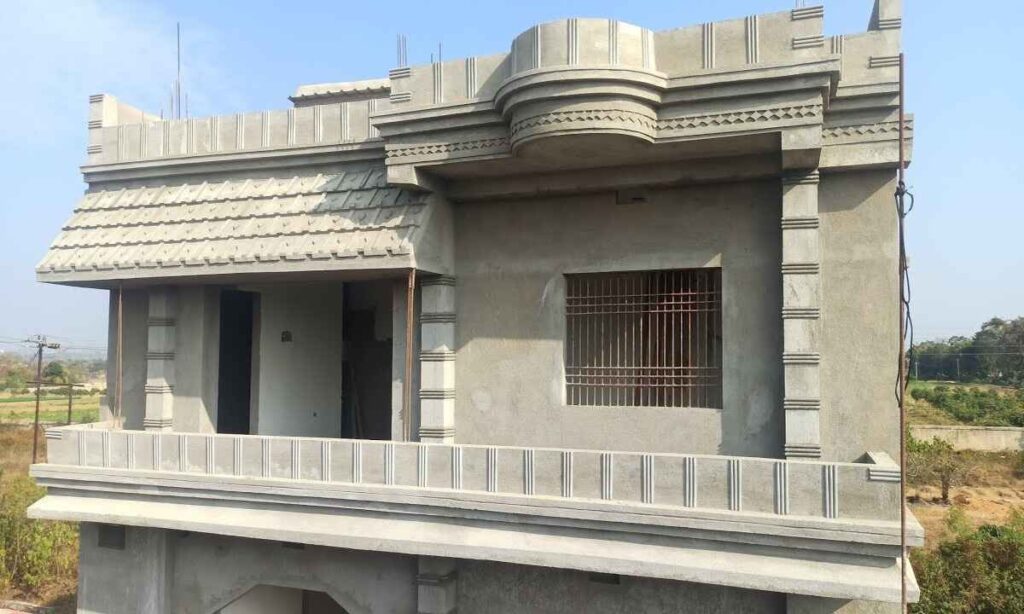
3. Double curved modern front chajja design for house and building.
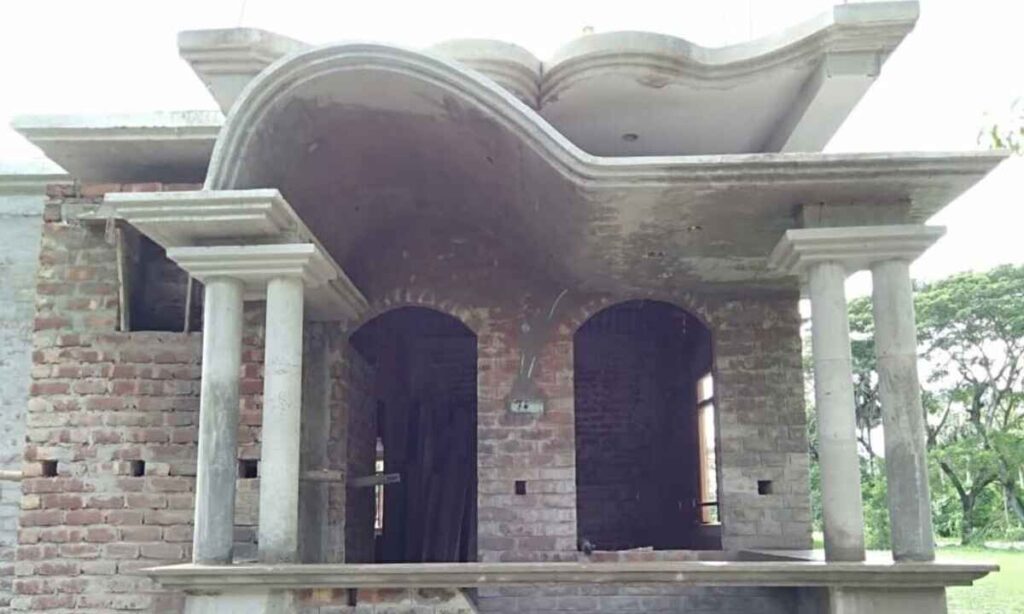
4. Modern engraved front chajja design for houses and buildings.
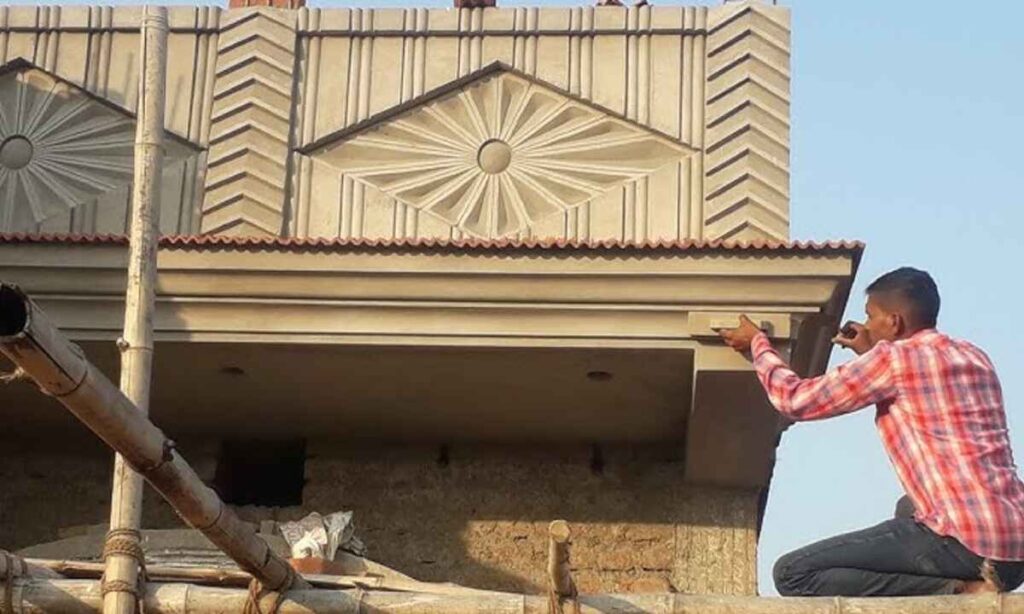
5. Simple front chajja design for houses and buildings.
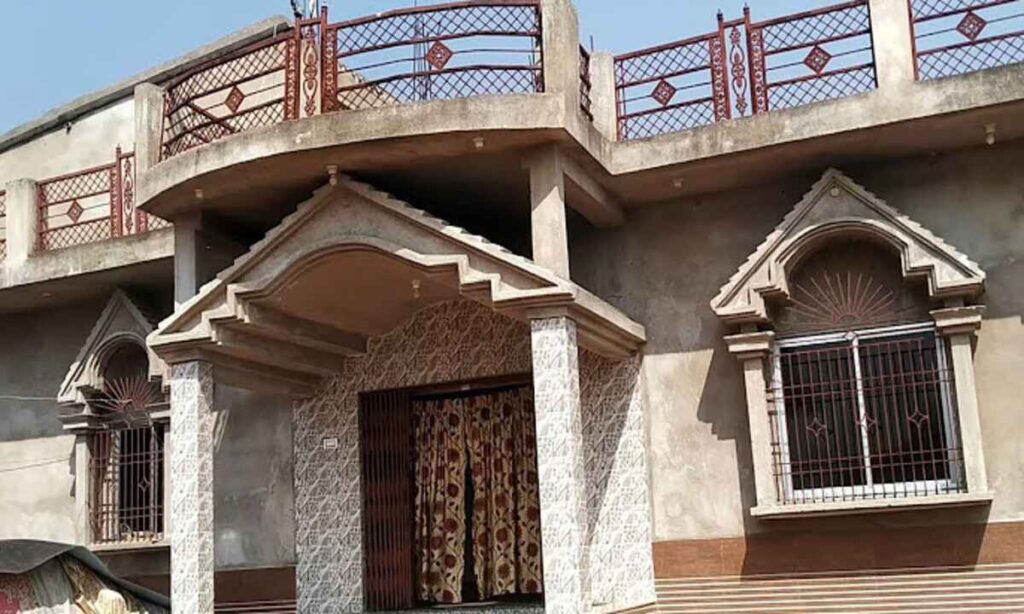
Window Chajja Design Photo
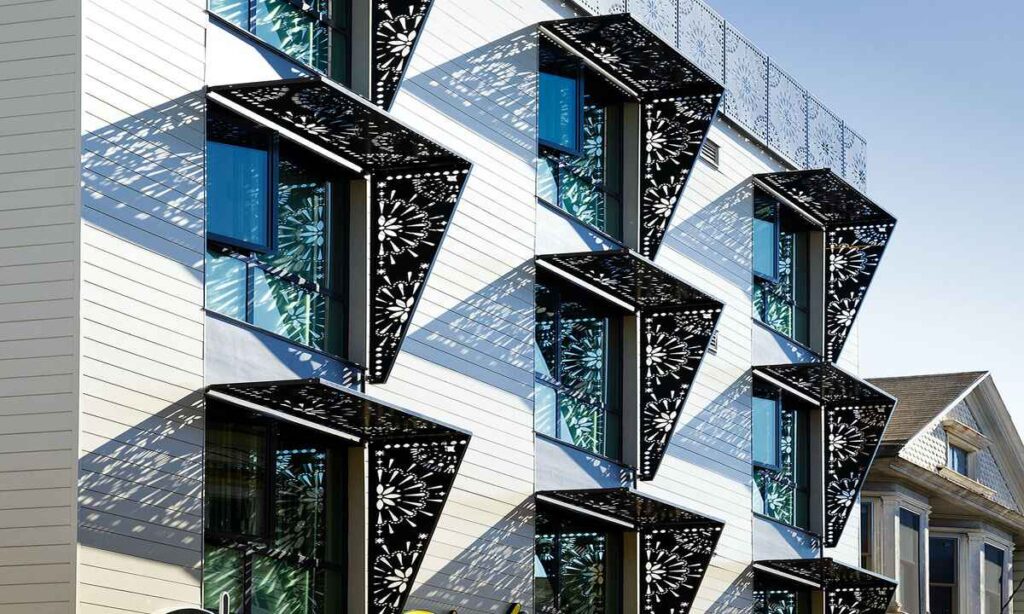
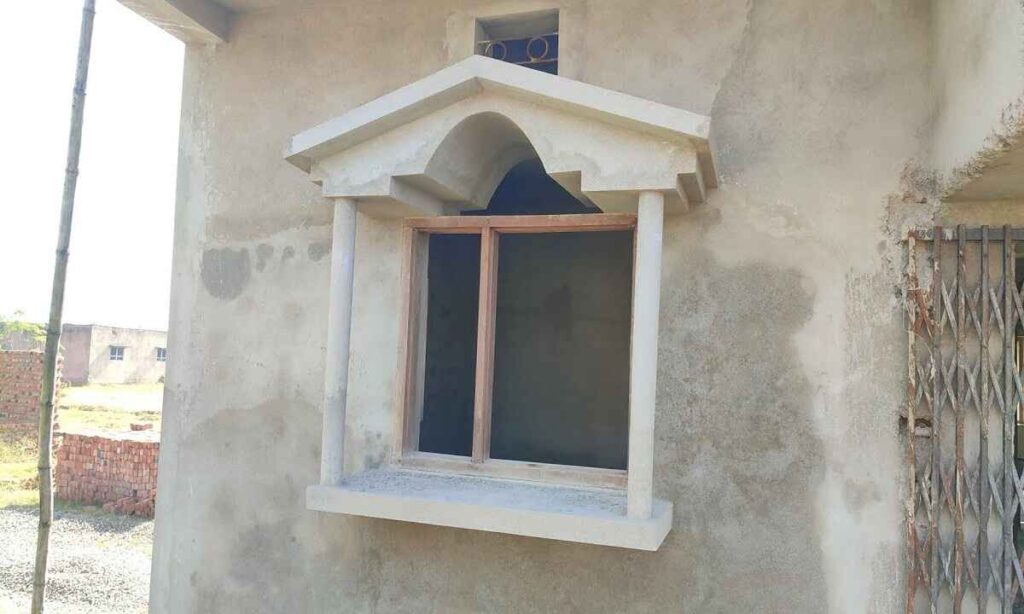
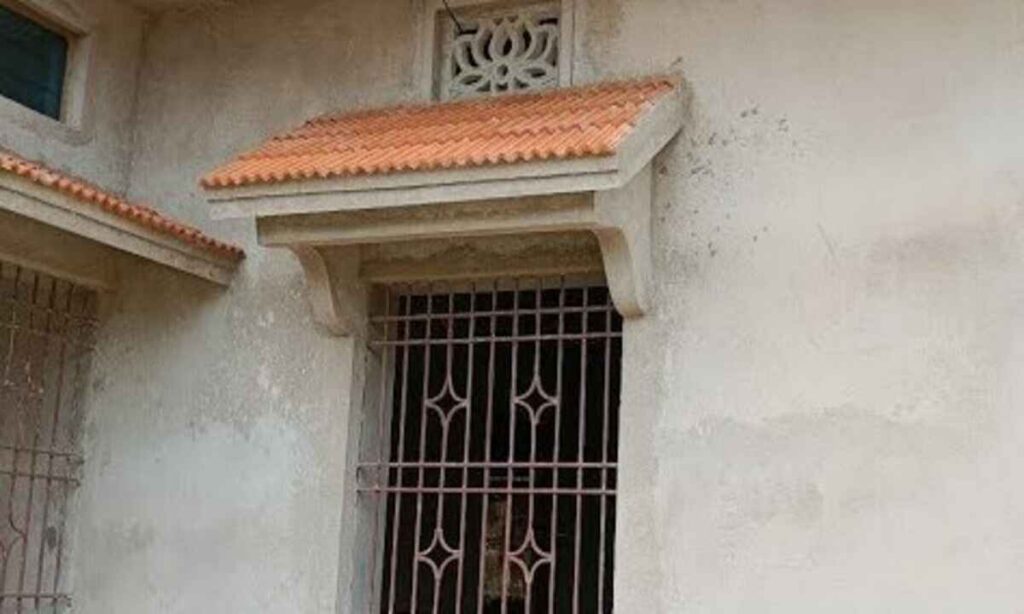
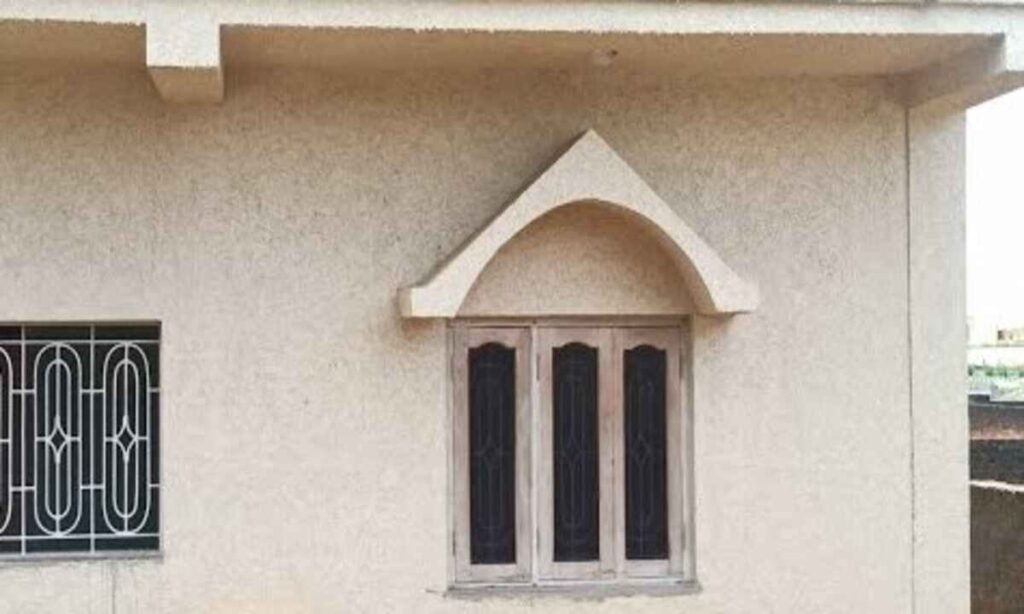
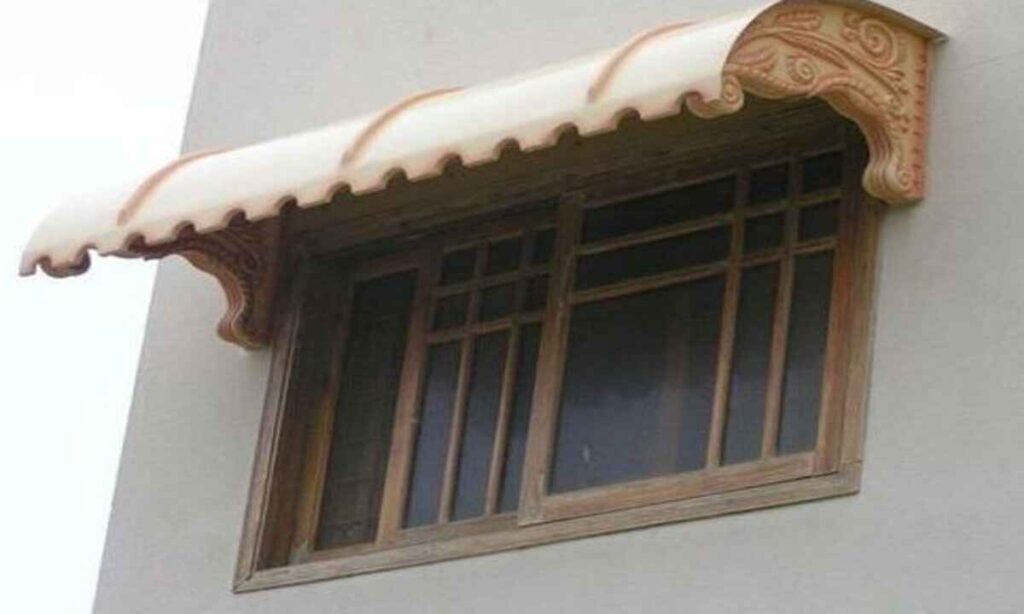
Image Credits : Pinterest
FAQ’s on Chajja
Chajja in English is commonly known as sunshades or canopy. It is part of a building, referred to as a projecting or overhanging roof ledge.
Chajjas serve multiple purposes, including providing shade, protection from rain, and adding aesthetic value to the building’s facade.
Chajjas can be made by using various materials such as wood, stone, brick, concrete, metal, terracotta, or fiberglass, depending on the architectural style, regional preferences, and available resources.

